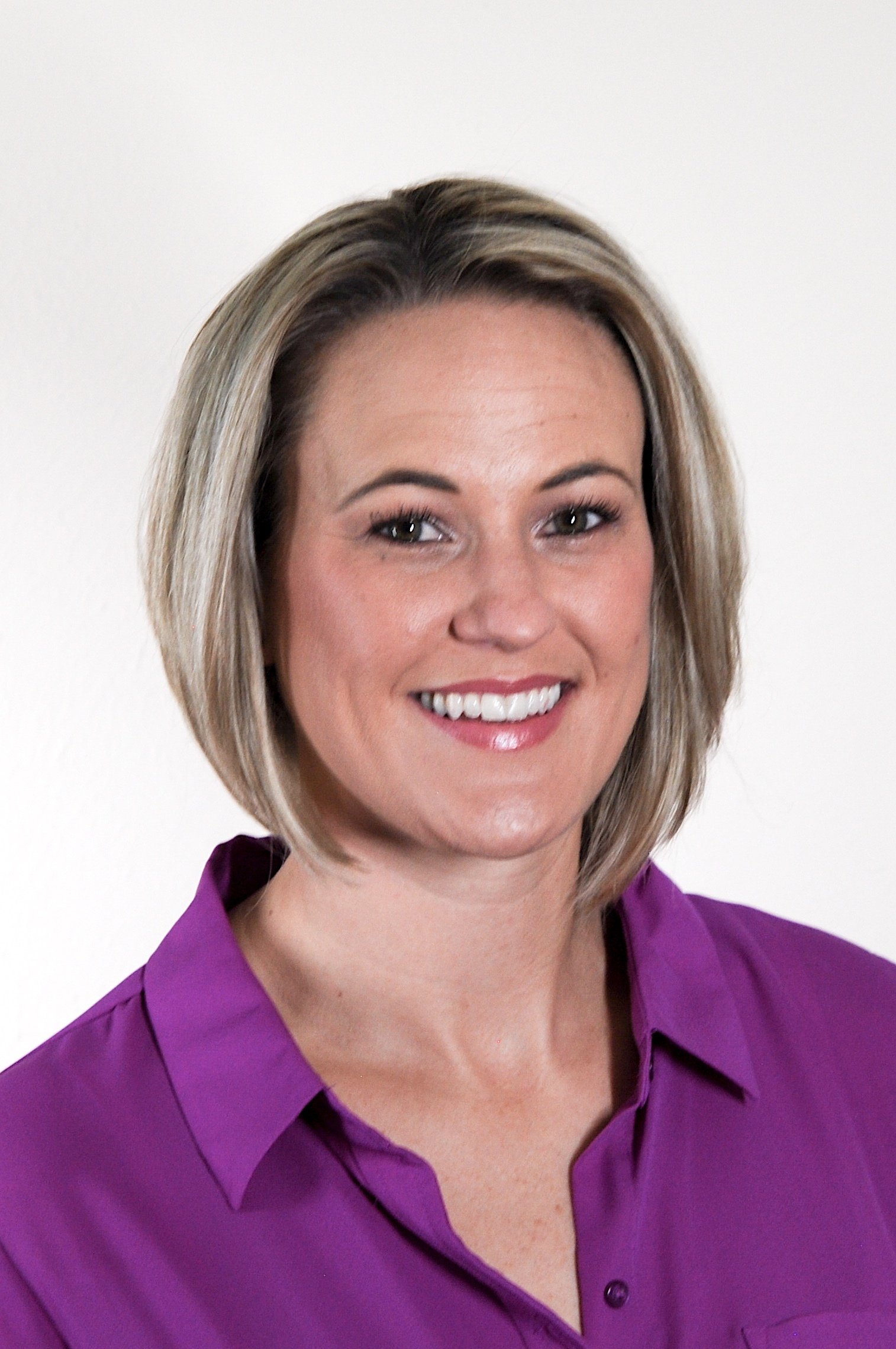It’s QBR Season – Make Sure You’re Doing These 5 Things
in Quarterly Business Reviews, Key Account Management /As the leaves on the trees begin to change and the temperatures begin to drop, it’s finally that wonderful time of the year again…
QBR Season!
Okay, maybe QBR season really isn’t as wonderful as I might have described, but across the nation, account managers from organizations of all shapes and sizes begin to go through their files and client lists to piece together a presentation that shows they’re making progress on their account and they’re going to do even better in the future.
Here at Kapta, it’s no secret that we’re not big fans of QBRs. We think they waste time. They aren’t impactful. They are too broad. The list of complaints we have continues forever, and if you want to learn more about our grievances with this decades-old business practice, check out this blog post.
With all of this in mind, if you must do a QBR, the least you can do is be good at it! Today, we’re going to discuss five things that you need to do to conduct the best QBR your client has ever been a part of. If you can get these five tips down, you’ll get more value from the meeting, and you’ll be able to push your key accounts even further than before!
Tip 1: Be strategic, not tactical
In the past, I’ve discussed how being tactical is one of the worst operational mistakes that the modern key account manager can be. If you weren’t aware, being strategic and tactical are two completely different things, although many people like to use the terms interchangeably.
Being tactical means that you’re focused on what’s happening in the here and now. People that are tactical are often reactive as well, which is one of the worst habits to have as a key account manager. Here’s why:
Although your official title is Key Account Manager, the job you really want to have is the Trusted Advisor for your clients. You want to be the person that they come to whenever they run into a problem or just have a question.
Now think about what it means to be a trusted advisor; would you expect them to have an overarching view of your goals, or would you expect them to sound the alarm and panic whenever a problem they hadn’t planned for happens?
Being strategic means that you see the overarching plan for the account. You’ve already thought of all the obstacles in their way, and you’re proactive in eliminating these potential problems.
Tip 2: Focus on the customer, not yourself, and do your research
While we conducted interviews for our study included in our book, Conducting Kick-Ass QBRs, one of the biggest complaints we heard was the account managers wasted their clients’ time by failing to discuss the things that matter to their organization.
The QBR isn’t your time to talk about how great your company is and to impress your client. You already did that while you were courting them to give you their business. Now that you’ve made it past the first date, it’s time to focus on their problems, needs, and goals.
Too often, account managers show up to QBRs unprepared and end up wasting the client’s time as they explain things the account manager should already know. So, before you walk into the QBR, make sure you know the client inside and out, and focus on their goals and problems rather than your own.
Tip 3: Be Accountable
Another key trait of being a Trusted Advisor is accountability. When you conduct your QBR, and your client brings up a misstep or issue you’re responsible for, own up to it. Even better, you should be the one to bring these sorts of things to their attention.
We all mistakes, but being accountable is much better than trying to sweep anything under the rug. In addition, being accountable goes beyond when you make a mistake. In everything that you do for your client, you should hold yourself accountable and feel proud of the work that you’re doing. If you can’t feel that way, you’re not holding yourself accountable.
Tip 4: Communicate Well
Another key component of any great meeting is phenomenal communication. You should be able to clearly describe the current state of the account and share with your client the progress that you’re making along with the work that needs to be done in the next quarter. If you can’t communicate this accurately to the client, they might leave the meeting feeling like they haven’t learned anything new.
Building these communication skills can take time and experience, but if you’ve ascended to this role of key account manager, you are likely a world-class communicator. Even so, communication is still a crucial component of the QBR and should not be overlooked. Communicating well with your client starts at Tip 2, and you need to make sure that you know all of the facts of the situation thoroughly before you can communicate them well in the QBR.
Tip 5: Get the right people in the room
You might think that all you need is your contact and yourself in the QBR, but in many cases, we’ve found that account managers have the wrong people in the room. Some people will know more about specific areas of the account than others, and since QBRs are comprehensive in nature, it’s good to have the right people in the room.
In many cases, having your supervisor there can help provide your client with broader information about your organization. You might also want to have a decision-maker from the client’s organization too to help fill in the high-level information gaps that your contact might not know about.
How Kapta Can Help
Although we hate QBRs, we know that they are a requirement for many organizations across the world. If you have to do them, make sure you kick ass doing them. Make sure to download our free eBook, Conducting Kick-Ass QBRs and use our tips in this post to crush it at your next meeting.







